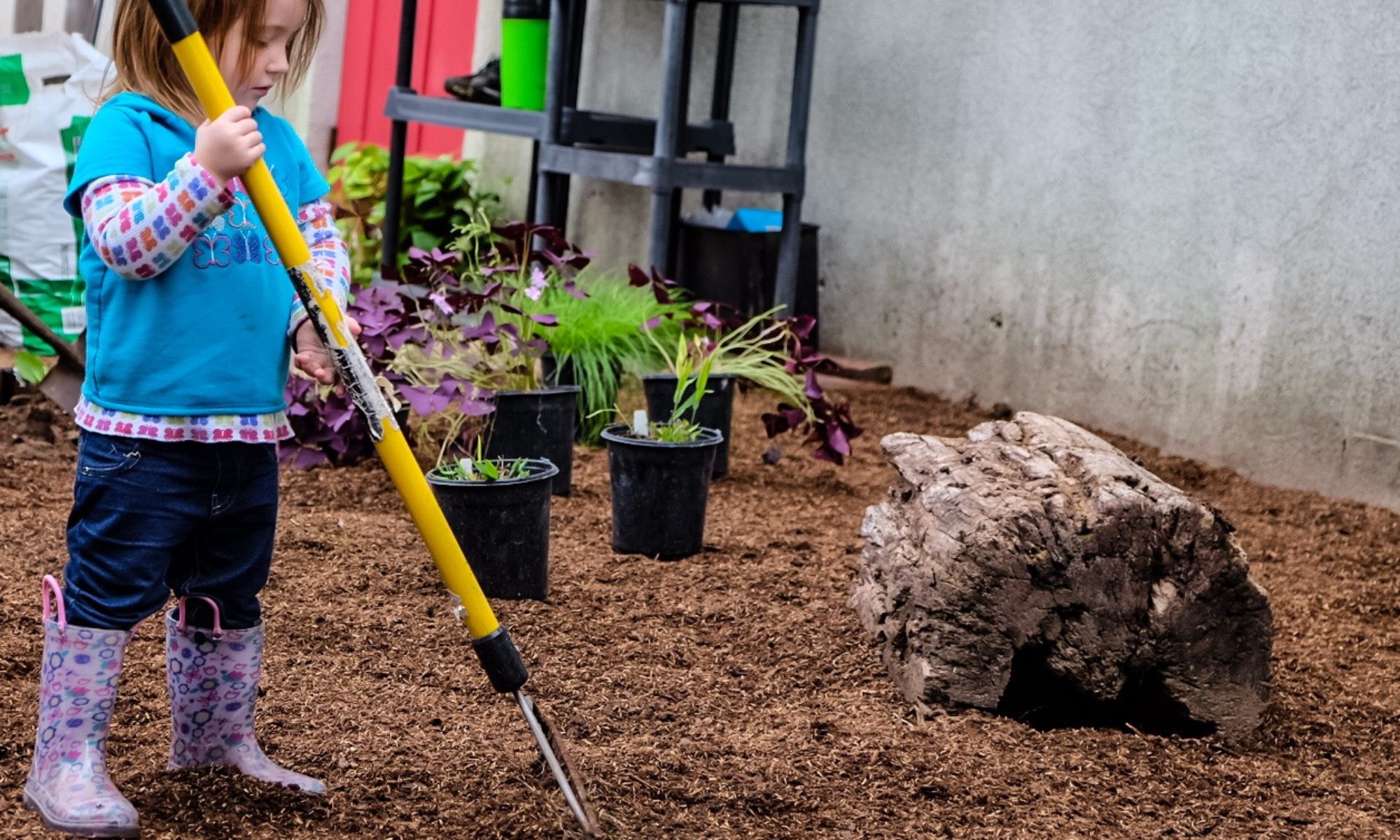Second and Third Grade: Innovative Learning
by Mr. Coady
In the Rose Rock School grades program, we focus on providing what we refer to as a “high economy” content. What this means is that we deliver a curriculum that addresses multiple discrete areas in a single lesson or activity. One example of this is the recent building activities of the Second and Third Grade. This was taught during a block focusing on man made shelters– a block being a three or four week period during which the students engage intensively in a single area of focus. Our study culminated with the actual building of a full sized tipi. Here are the particulars:
The underlay of the shelter block began with me orally introducing various stories about how different peoples have created varied types of shelters out of what the environment offers. From this starting point, the students also discovered that shelters are created to support a particular lifestyle—perhaps nomadic or farming– and are especially well-suited for the weather in a particular region. On the day after a new shelter was introduced, the students recalled the story to me. I evaluated them for understanding and misconceptions, correcting any errors and deepening what they understood. They learned very well through the imaginative story, because images engage their inner feelings, and this causes them to take interest, to understand, and to remember. From this point, they recorded what they had learned by creating a composition for the lesson book that they themselves have been creating throughout the school year. For this particular block, building a tipi was chosen as the culminating experience of all this work.
From the narrative above, I will tease out all of the discreet aspects of learning that occurred during the high economy Main Lesson, and do so in the terms that were used when I myself was an elementary school student:
1. Social studies and local history– the Kiowa, a tribe of often nomadic people needed collapsible structures to move about. One of the main reasons to move was in pursuit of bison, which supplied them with much of what they needed in life, including the materials for the structure itself. Diversity was also addressed by showing with dignity and respect the way that different people lived in different places and times.
2. Science- A round structure makes sense in a windy environment. The practical understanding that a tipi makes sense on the windy great plains will be enlivened into intellectual comprehension when, in Eighth Grade, the same students recall their Third Grade experience in light of the facts of aerodynamics.
3. Language arts– The class wrote about topics relating to shelters, and in this case, practiced cursive, spelling, mechanics, grammar, etc. They were motivated to do so because of how interested they were in tipis and the Kiowa people.
4. Geometry– using beeswax, they created a cape-shaped two dimensional model, and then rolled it into a cone-shaped tipi. This exercised the comprehension of how a two-dimensional shape becomes a three dimensional shape. This is a very potent activity for stimulating an imaginative comprehension of the mathematical.
5. Home Economics– The children sewed up over 30 linear feet of canvas. They used saws, scissors, and drills.
6. Practical mathematics- during the building of the tipi, they measured with tape measures, and had to use a giant compass in creating a circle when transforming the tipi canvas from a rectangular shape to the aforementioned cape shape.
7. Citizenship– they had to be able to follow concrete instructions, and cooperate with each other in order to build and raise the tipi.
8. Counseling– this content was presented to eight and nine year old students because we have observed that the psychological threshold that they need to mature through is well supported by practical skills and an understanding of the world.
What is innovative in this approach is that if the students learned all of the above in separate classes, one would risk that some of the students would miss various aspects and be unable to weave all of those parts into a whole. However, by going from the whole presentation of the Kiowa tipi, and then following the trail to educate them on all of the various parts, every student received the full lesson insofar as they were able. And of course, when students understand things in true nuanced complexity, they themselves learn to generalize the ability to comprehend complexities regarding things not necessarily presented to them at school.









